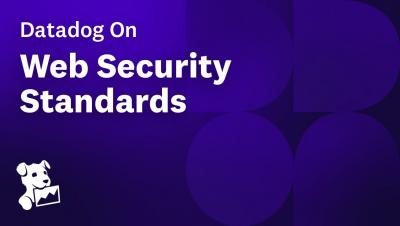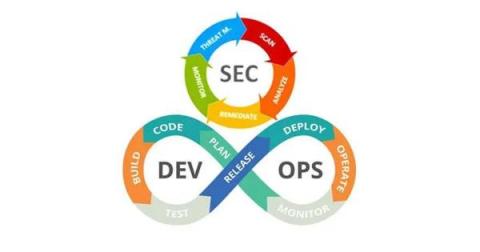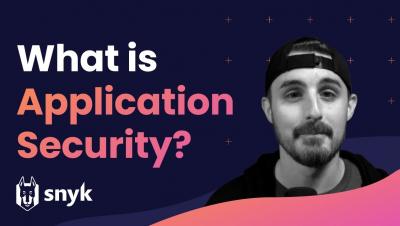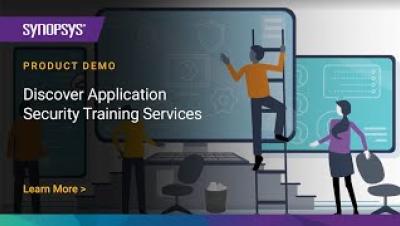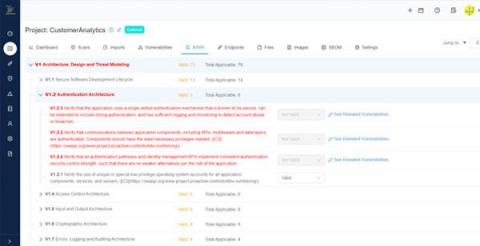A Swift Kick in the Nuts and Bolts of Banking
The global financial services industry is undergoing a seismic shift and not enough people are truly aware of what this means. By November of this year, banks and other financial institutions must have in place a new process for payment systems that uses the ISO 20022 standard instead of SWIFT. This must be active by November and by 2025, all financial institutions will have to be compliant.



